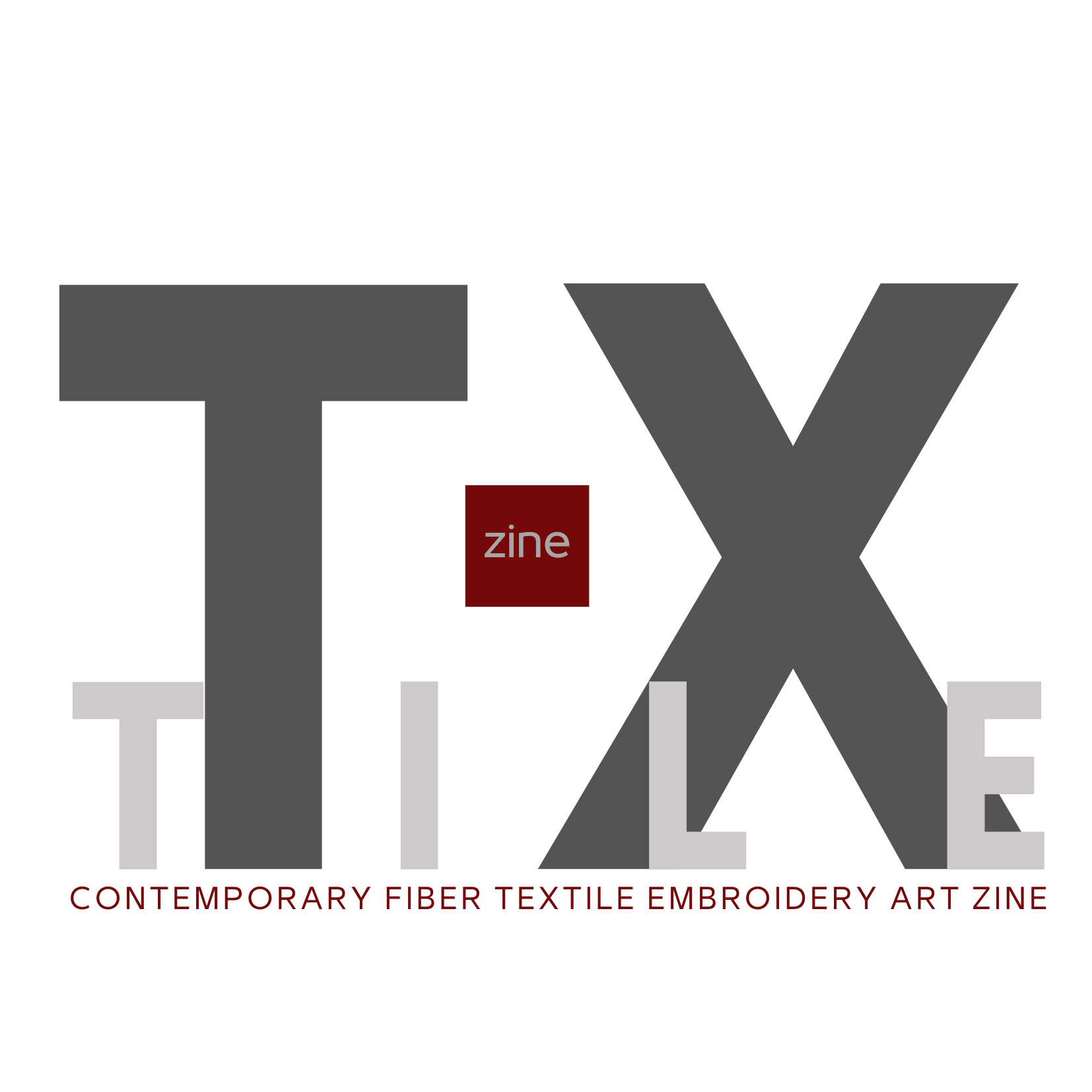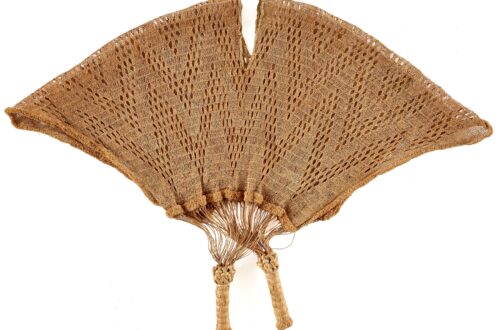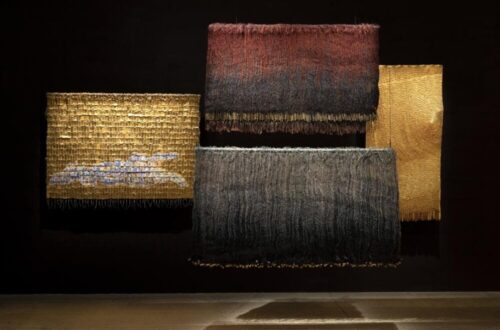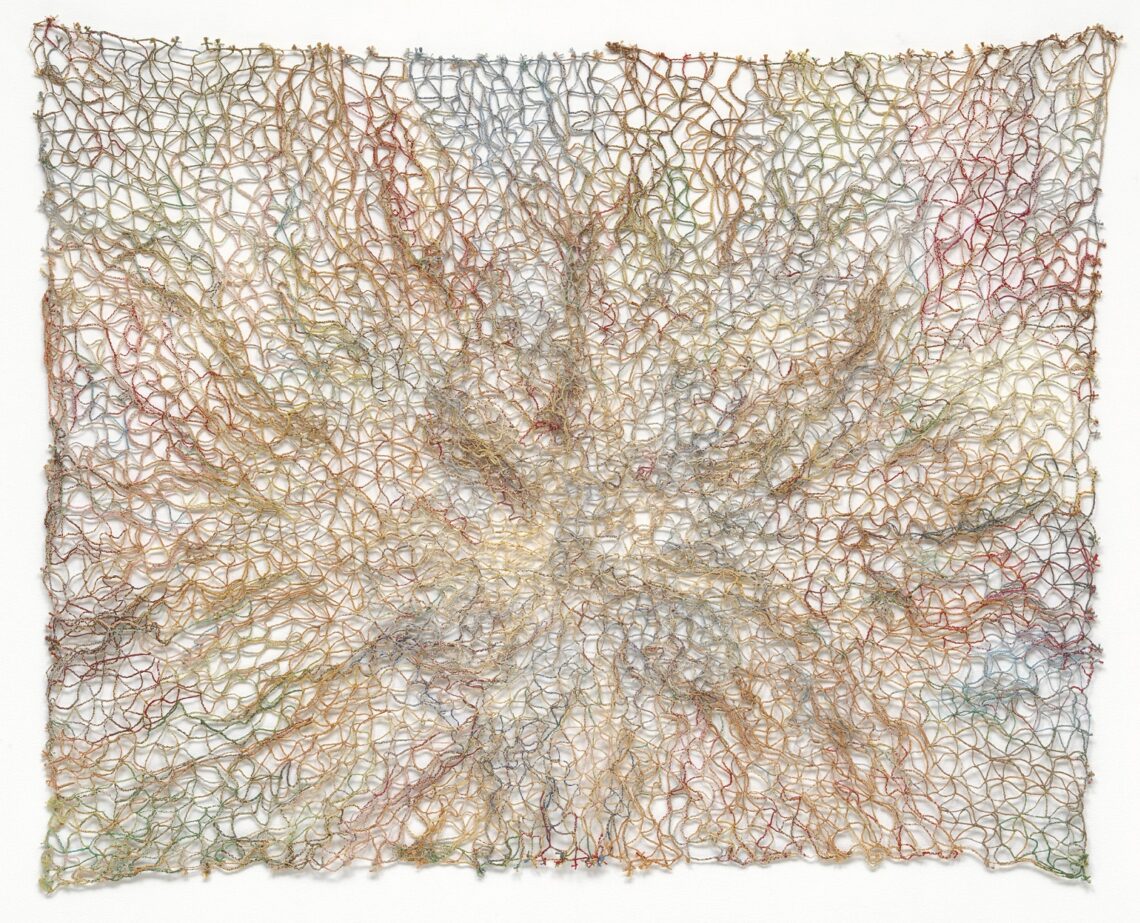
MoMA TO PRESENT AN EXHIBITION THAT WILL EXPLORE THE INTERSECTIONSBETWEENTEXTILESANDABSTRACTARTOVERTHE PAST HUNDRED YEARS
The Museum of Modern Art of New York announces Woven Histories: Textiles and Modern Abstraction, an in-depth exhibition that delves into the dynamic intersections between weaving and abstraction. On view April 20 through September 13, 2025, the exhibition will include approximately 150 works in a range of mediums—from textiles and basketry to painting, drawing, sculpture, and media works—exploring the overlap between abstract art, weaving, craft, and fashion. Woven Histories challenges long- held notions of the weave as a function of textile alone, exploring the many forms both warp and weft have taken when explored by abstract artists over the past 100 years. Previously on view at the Los Angeles County Museum of Art, the National Gallery of Art in Washington, DC, and the National Gallery of Canada, Ottawa, the exhibition’s final presentation will be at MoMA, with numerous works not seen at earlier venues.
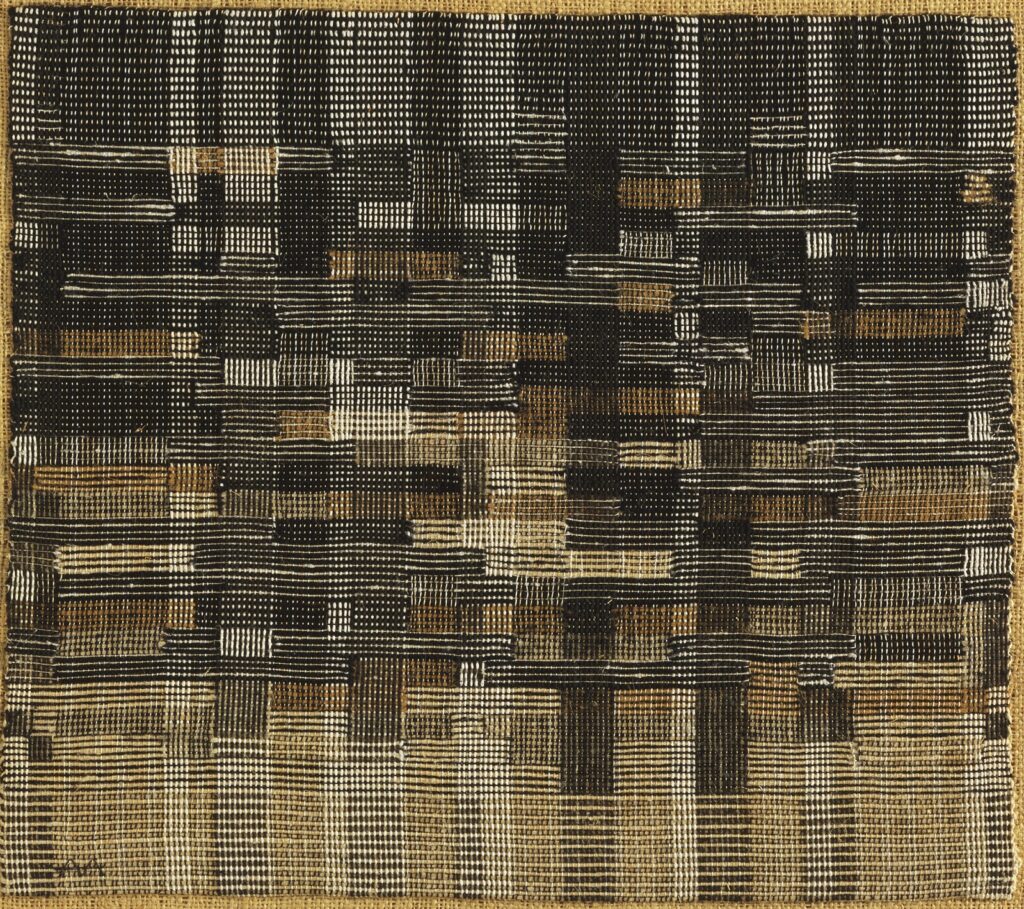
Woven Histories: Textiles and Modern Abstraction is organized by the National Gallery of Art, Washington, in collaboration with The Museum of Modern Art, New York, the Los Angeles County Museum of Art, and the National Gallery of Canada, Ottawa. The exhibition is curated by Lynne Cooke, Senior Curator in the Department of Modern and Contemporary Art, National Gallery of Art. The Museum of Modern Art presentation is organized by Esther Adler, Curator, with Emily Olek, Curatorial Assistant, Department of Drawing and Prints, and Paul Galloway, Collection Specialist, Department of Architecture and Design.
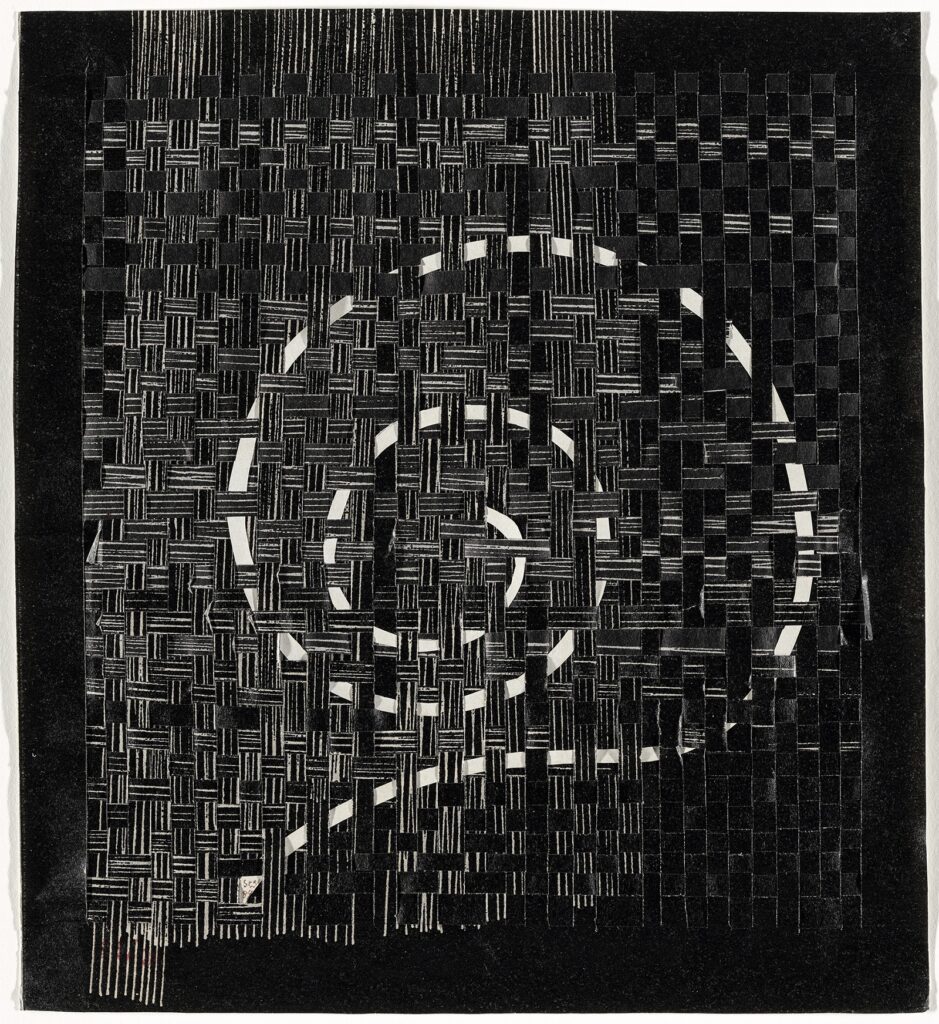
Unfolding chronologically, Woven Histories will begin with works by pioneering artists of the early 20th century whose explorations in textile transformed the scope of modern art.
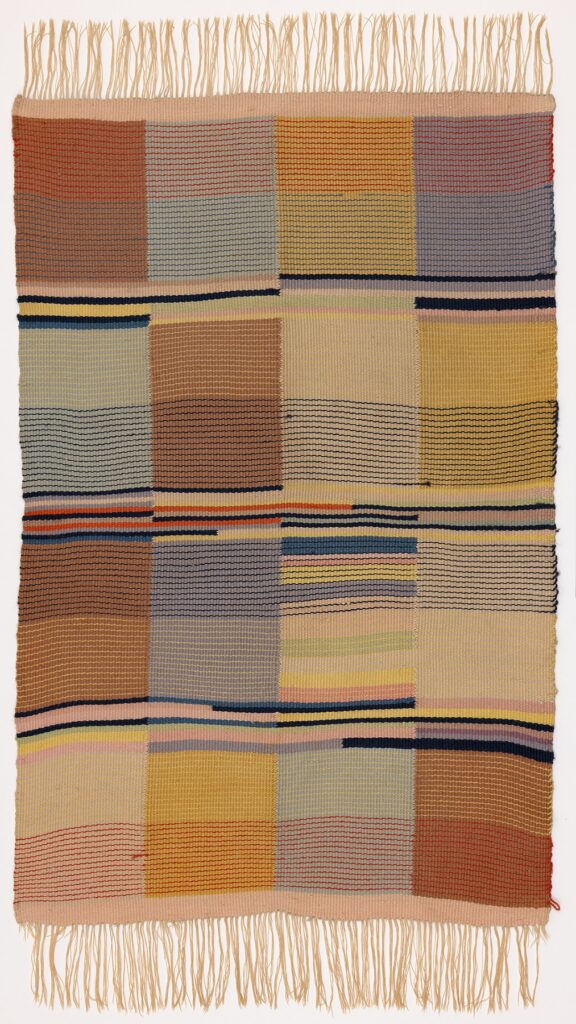

Highlighting MoMA’s substantial holdings from the period, the show’s final iteration will exclusively feature Gunta Stolzl’s Wall Hanging (1924), and an expanded selection of work by Anni Albers, including her historic Free-Hanging Room Dividers (c. 1940). More recent works by such artists as Igshaan Adams, Rosemarie Trockel, and Andrea Zittel reveal common threads between this expanded history of abstract art and contemporary practice. Highlighting issues of labor and identity that are intertwined with modern textile production, Woven Histories posits weaving and textiles as the quintessential link between lived experience and art, as explored in works by Diedrick Brackens, Liz Collins, Jeffrey Gibson, and Laura Huertas Millán.
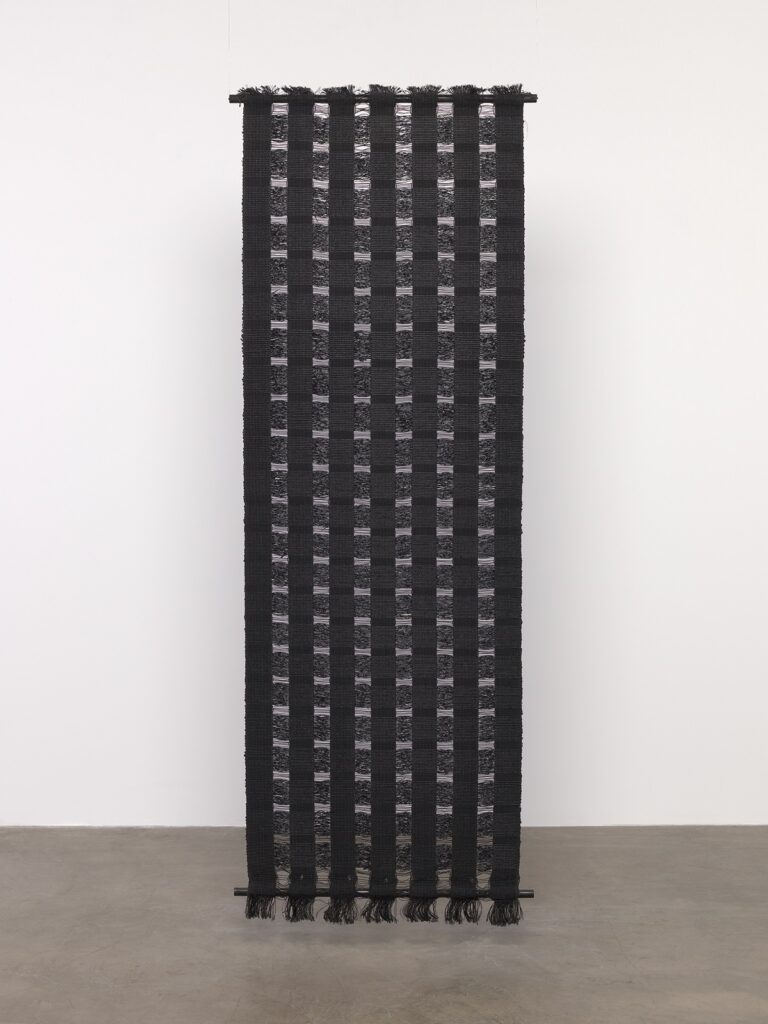

Inspired by contemporary artists’ interest in, and engagement with, both traditional and avant-garde weaving practices, Woven Histories hinges on key historical moments during which these intersections are clearest, from the early 20th century, through the postwar moment, and continuing today. Many of the included artists will have work on view at MoMA for the first time, including Shan Goshorn, Yvonne Koolmatrie, Ellen Lesperance, Carole Frances Lung, and Marilou Schultz. Woven Histories will expand the notion of the development of abstraction from its earliest days, challenging its status as a solely conceptual and formalist framework by suggesting that its materiality—found in woven, knotted, and braided fabric—is equally critical to its understanding and success.


